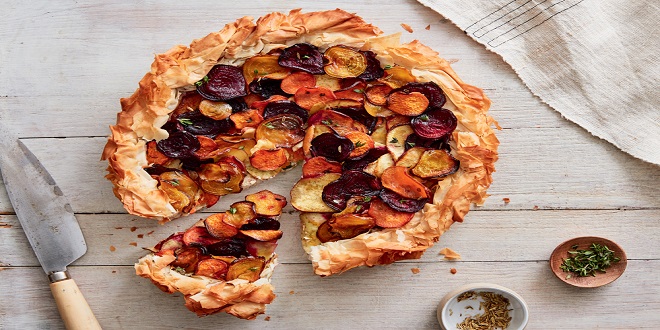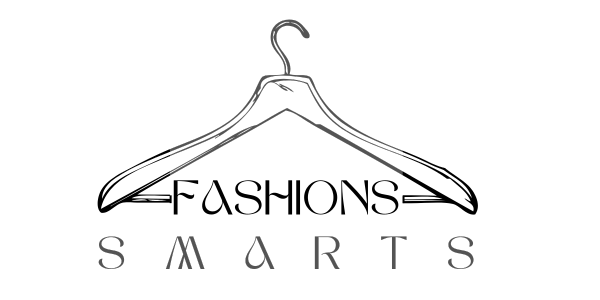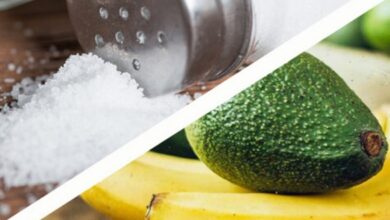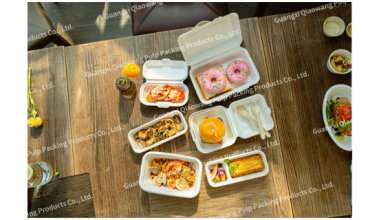
The third great French cookbook dates from 1420 and actually comes from a region that is now part of Italy, the dukedom of Savoy. Duke Amadeus VIII got his personal chef, Master Chiquart Amiczo, to write down all of his best recipes and how to throw a banquet, obviously to make the chef and his patron famous. It is actually written in French and is titled Du Fait de Cuisine (“On Doing Cookery”). It is also written for professionals and has been called the first true cookbook of the Middles Ages.
Interestingly, the most common thickening agent was bread—finely pounded or grated stale bread. This is a very good idea because you don’t waste anything, and it does break down and become thick. In medieval times, sauces almost always contrast with the main dish. They are sour or sweet (or both) and spicy. Most of the time, they are used as dipping sauces, or they are ground up and baked within a pie.
Taillevent—Cinnamon Brouet
Although the name brouet in this dish is cognate with broth, this is more of a thick stew. The flavors are absolutely typical of the Middle Ages, as is the technique of cooking twice. . It comes from the west coast of Africa and is similar to pepper, though much fruitier and more closely related to cardamom. Do not substitute what is referred to as malaguetta in South America, which is a chili pepper. Also, verjus is the juice of unripe grapes; any tart grape juice will work fi ne.
A Renaissance in the Kitchen
The dominant style of early 16th-century Italy, both in the arts and cuisine, favored elaborate, sophisticated presentations offering as many different ingredients as possible and cooked in as many ways as possible. In cookbooks, many foods received increased emphasis than in any medieval cookbook.
The Renaissance
The setting for the Renaissance is the wealthy cities of late medieval Italy that were actually city-states because they governed the surrounding contado, or countryside, running their own affairs and getting extraordinarily rich by supplying the rest of Europe with luxury items and spices.
Renaissance means “rebirth.” First and foremost, this is an intellectual movement that sought to revive the culture of classical antiquity by imitating its arts and literature, by building structures that looked like ancient Greek and Roman buildings, and by depicting naked bodies in marble—like the ancients.
Read More: themakernewsz.com
Platina’s Cookbook
The first printed cookbook, De Honesta Voluptate by Bartolomeo Platina (originally Bartolomeo Sacchi), first appeared around 1470 in Rome. It is actually two books uncomfortably stuffed together. The recipes are borrowed from Martino of Como, who was a professional chef for Cardinal Trevisan, who wrote a cookbook that circulated in manuscript in the early 15th century.
Ficino’s Cookbook
In Florence, the birthplace of humanism, there was a particular thinker named Marsilio Ficino who represented a late phase of Renaissance humanism.
De Vita is on the one hand based on standard Galenic principles— hot and cold food and hum oral balance—but it also has an admixture of astrology and magic, including what foods you can eat to harness the unseen forces of the universe and how to avoid what he considered the most dangerous disease of scholars: melancholy.
Last word
When they’re cooked, add a little salt, then take two and a half pounds of grated hard cheese with an ounce and a half of ground pepper mixed in, then toss so the cheese is above and below, along with a pound and a half of butter on top, then cover with another plate, placing it in a hot place until you’re ready to bring it to the table, and sprinkle if you like with a little sugar and cinnamon on top and it will be better.





